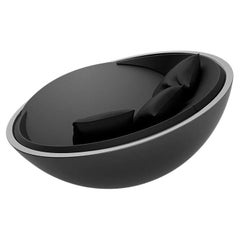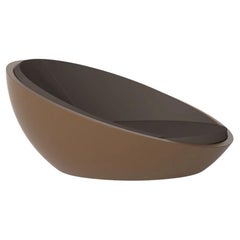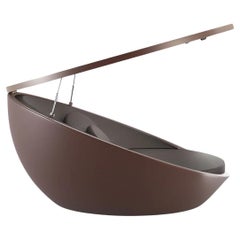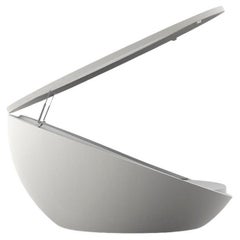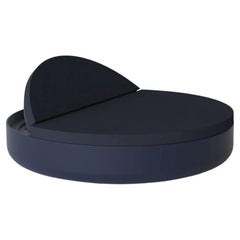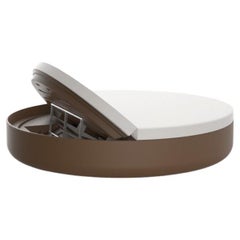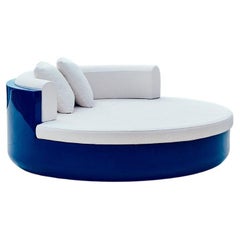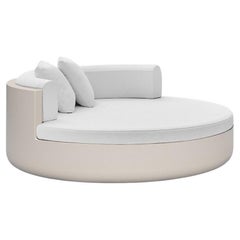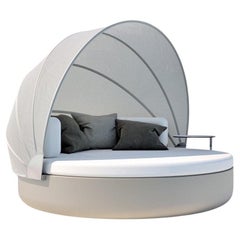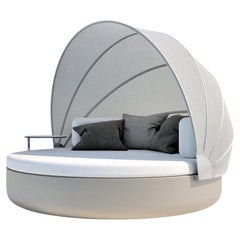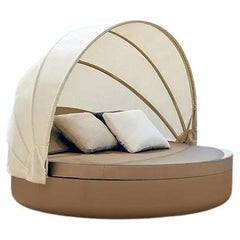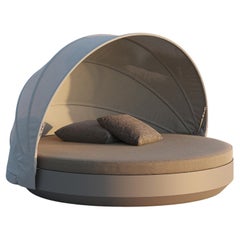Ulm Daybed
2010s Spanish Patio and Garden Furniture
Fabric, Plastic
2010s Spanish Patio and Garden Furniture
Fabric, Plastic
2010s Italian Patio and Garden Furniture
Fabric, Plastic
2010s Spanish Patio and Garden Furniture
Fabric, Plastic
2010s Spanish Patio and Garden Furniture
Plastic
2010s Italian Patio and Garden Furniture
Plastic
2010s Spanish Patio and Garden Furniture
Plastic
2010s Italian Patio and Garden Furniture
Plastic
2010s Spanish Patio and Garden Furniture
Plastic
2010s Italian Patio and Garden Furniture
Plastic
2010s Italian Patio and Garden Furniture
Plastic
2010s Spanish Patio and Garden Furniture
Plastic
2010s Spanish Patio and Garden Furniture
Plastic
2010s European Modern Daybeds
Rope, Acrylic
21st Century and Contemporary Spanish Modern Patio and Garden Furniture
Resin
2010s Italian Patio and Garden Furniture
Fabric, Plastic
2010s Spanish Patio and Garden Furniture
Fabric, Plastic
2010s Patio and Garden Furniture
Fabric, Plastic
2010s Spanish Patio and Garden Furniture
Fabric, Plastic
People Also Browsed
21st Century and Contemporary Italian Modern Sofas
Wool, Cotton
Vintage 1960s Danish Scandinavian Modern Chaise Longues
Brass
Ulm Daybed For Sale on 1stDibs
How Much is a Ulm Daybed?
Materials: Plastic Furniture
Arguably the world’s most ubiquitous man-made material, plastic has impacted nearly every industry. In contemporary spaces, new and vintage plastic furniture is quite popular and its use pairs well with a range of design styles.
From the Italian lighting artisans at Fontana Arte to venturesome Scandinavian modernists such as Verner Panton, who created groundbreaking interiors as much as he did seating — see his revolutionary Panton chair — to contemporary multidisciplinary artists like Faye Toogood, furniture designers have been pushing the boundaries of plastic forever.
When The Graduate's Mr. McGuire proclaimed, “There’s a great future in plastics,” it was more than a laugh line. The iconic quote is an allusion both to society’s reliance on and its love affair with plastic. Before the material became an integral part of our lives — used in everything from clothing to storage to beauty and beyond — people relied on earthly elements for manufacturing, a process as time-consuming as it was costly.
Soon after American inventor John Wesley Hyatt created celluloid, which could mimic luxury products like tortoiseshell and ivory, production hit fever pitch, and the floodgates opened for others to explore plastic’s full potential. The material altered the history of design — mid-century modern legends Charles and Ray Eames, Joe Colombo and Eero Saarinen regularly experimented with plastics in the development of tables and chairs, and today plastic furnishings and decorative objects are seen as often indoors as they are outside.
Find vintage plastic lounge chairs, outdoor furniture, lighting and more on 1stDibs.
Finding the Right Garden-furniture for You
Whether you're sitting around a firepit, playing games or enjoying a meal, outdoor furniture is crucial for a successful social gathering.
We’ve come a long way from the rudimentary patio and garden furniture of yore, which, in the Ancient Roman and Greek eras, meant stone slabs. Back then, your grandiose patch of outdoor greenery was a place to relax and admire the manicured hedges and fruit orchards. Fortunately, advancements in the design of outdoor furniture as well as the burgeoning of artisan landscape designers have made it easier to do so since then.
The need for outdoor chairs, tables and benches to withstand varying weather conditions means that many contemporary offerings prioritize durability over form. For a touch of glamour in your garden, antique and vintage pieces from France or Italy, which have already proven they can stand the test of time, can introduce an elegant sensibility to your outdoor space.
In the late 1940s, Hawaii-based architect Walter Lamb began fashioning outdoor furniture from nautical rope and metal tubing rescued from sunken Pearl Harbor ships. Although his designs were originally intended as gifts for returning GIs, his creations gained such popularity that they were picked up by the then-new Brown Jordan furniture company of California.
Lamb’s adventurous creations inspired many designers who followed. The seating and tables crafted by other mid-century furniture makers noted for their seminal patio and garden works — a list that includes Hendrik Van Keppel and Taylor Green, Russell Woodard and Woodard Furniture, Maurizio Tempestini and Richard Schultz — remain highly sought after by collectors today.
Whether it’s wicker couches for your screened porch or wrought-iron armchairs for fireside drinks, find the antique and vintage patio and garden furniture you need to wind down the day or welcome the morning sun on 1stDibs.
